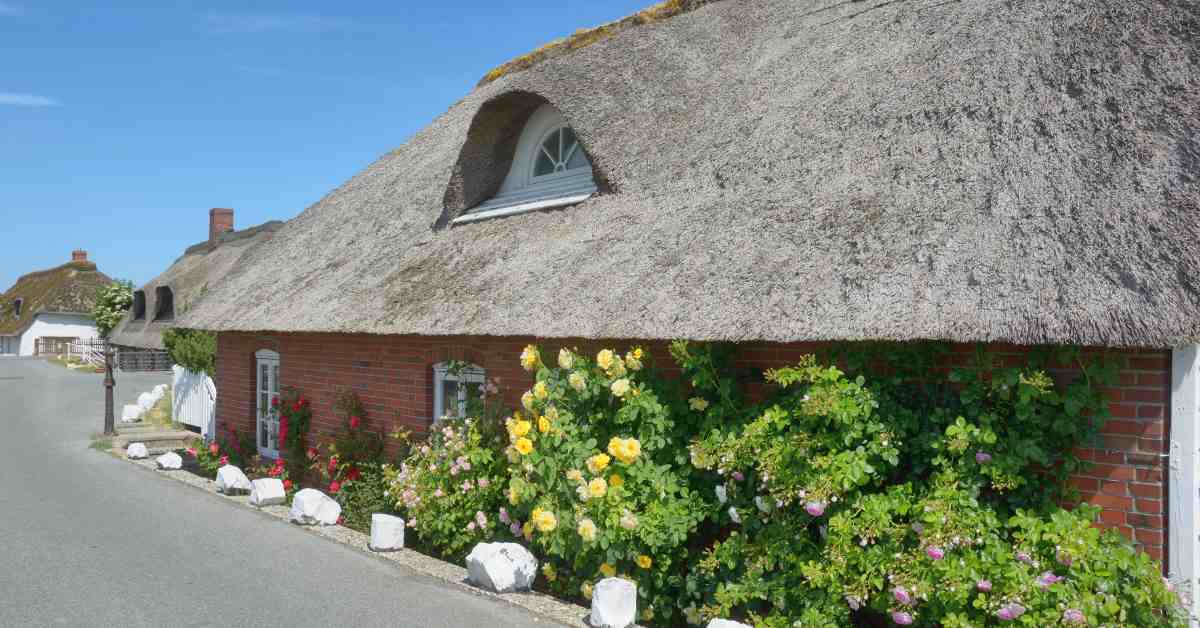A spacious, well-kept villa in western Denmark has been on the market for more than 5,000 days, highlighting the widening gap between urban and rural housing markets. While home prices in Copenhagen have soared, many rural properties struggle to find buyers, even after years on the market.
A tale of two housing markets
In the quiet village of Resen near Struer, a bright yellow single-story house has been for sale for over 14 years. The 155-square-meter home features large living areas, three bedrooms, a renovated bathroom, floor heating, and a sunny terrace. Yet, despite its appeal, its “for sale” sign has become almost permanent.
When the house first hit the market, the asking price was 1.2 million Danish kroner. Since then, the price has been cut by more than 40 percent to 695,000 kroner. Even with this reduction, buyers have stayed away. By contrast, a similarly sized home in Copenhagen would cost around 9.5 million kroner today.
Such regional inequality reflects the broader trend across Denmark’s real estate sector. The capital continues to attract new residents and push prices higher, while small towns face empty houses and shrinking populations. For a better overview of how the Danish property market works from region to region, see this guide to real estate in Denmark.
Stagnant prices in rural areas
Fourteen years ago, the average price per square meter in Copenhagen was about 23,500 kroner. In Struer, it was only 7,000 kroner. Today, a square meter in the Danish capital costs roughly 61,500 kroner, a jump of more than 160 percent. In Struer, it rose just 6 percent to about 7,400 kroner. The contrast is stark: while one area experiences explosive growth, the other has barely moved.
This disparity directly affects homeowners trying to sell outside big cities. Properties linger unsold for an average of 467 days in Struer Municipality compared to only 74 days in Copenhagen.
Urban prices keep rising
Meanwhile, urban property values have surged beyond expectations. In Copenhagen, even parking spaces can fetch astonishing prices. Some covered spots in the city center have recently sold for between 800,000 and 850,000 kroner, often within weeks of being listed. For context, that amount is more than the entire price of the Resen villa.
Such extreme price differences make it increasingly hard for younger generations to buy a home in major cities. Many turn to long commutes or smaller urban apartments instead. For anyone planning to navigate the Danish housing market, it helps to understand the challenges for new buyers explained here: young Danes struggling to enter the housing market.
Depopulation and empty houses
The rural housing standstill is tied to an ongoing demographic shift. Roughly one in three Danish municipalities is losing residents. In Struer, the population has declined by about 10 percent over the last 15 years. The same pattern appears across large parts of Jutland and southern Denmark. Fewer residents mean fewer buyers, forcing local markets into stagnation.
More troubling, about 200,000 homes across Denmark are now officially unoccupied, defined as having no registered residents. Many of these houses sit abandoned in depopulated communities, where even drastic price cuts are not enough to draw interest.
Government support and demolition programs
To manage this issue, the government has funneled over 1.5 billion kroner into local demolition and revitalization projects since 2014. The “Landsbyfornyelsespulje,” or Rural Renewal Fund, helps municipalities tear down derelict buildings in small towns and rural zones, making room for new development or open spaces. Despite these efforts, experts estimate that far more funding would be needed to keep pace with the problem.
Anyone looking to purchase property outside the major cities should take note of both the opportunities and risks. Some rural homes offer vast space at low prices, but liquidity remains a concern if resale value matters. A good place to start learning about paperwork, financing, and regulations is this comprehensive overview on buying a house in Denmark.
Sources and References
TV 2 Denmark: “Velholdt og rummelig villa har været til salg i mere end 5000 dage”
The Danish Dream: Buying a House in Denmark – Everything You Need to Know
The Danish Dream: Real Estate in Denmark
The Danish Dream: Young Danes Struggle to Enter the Housing Market







